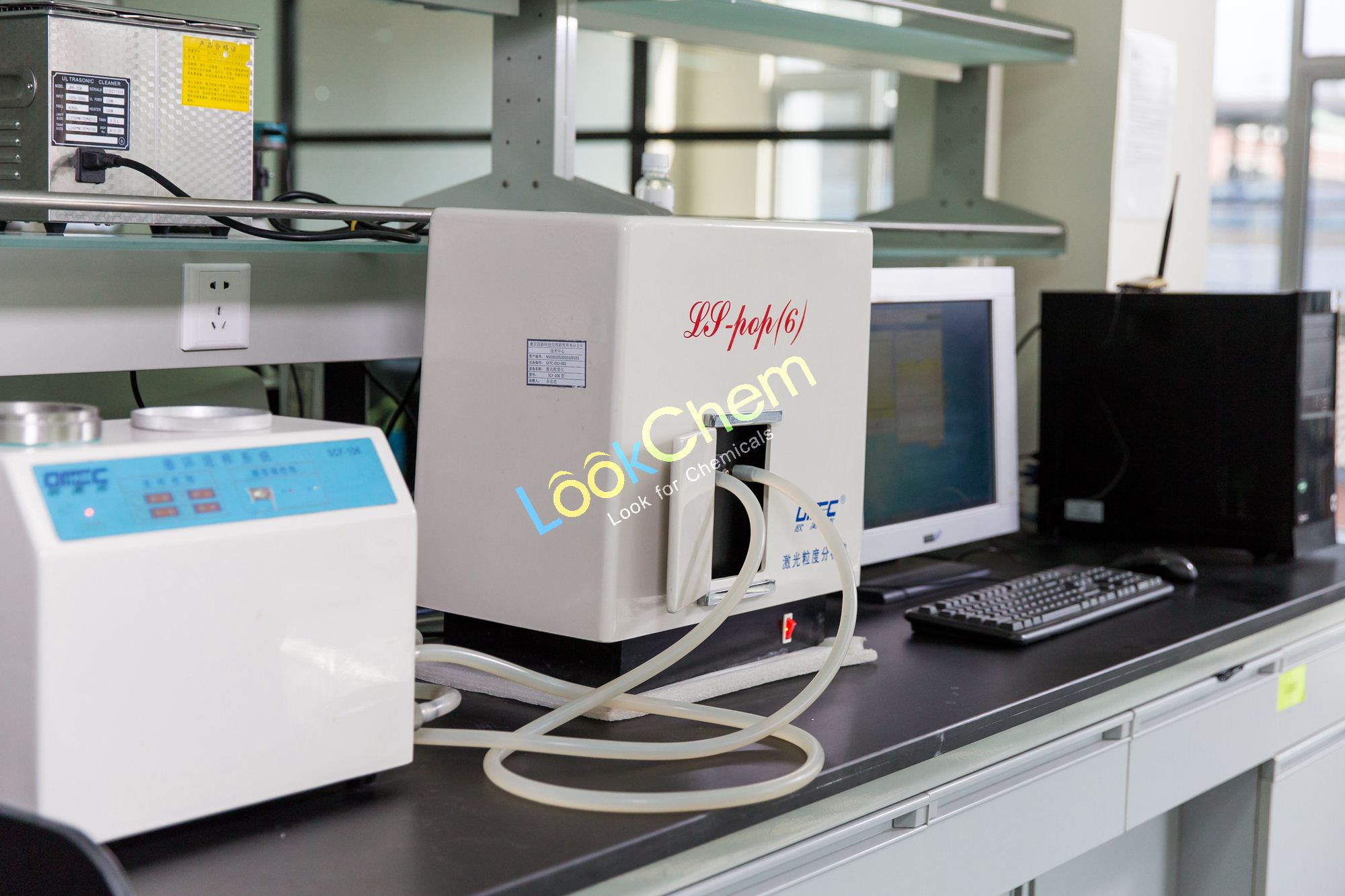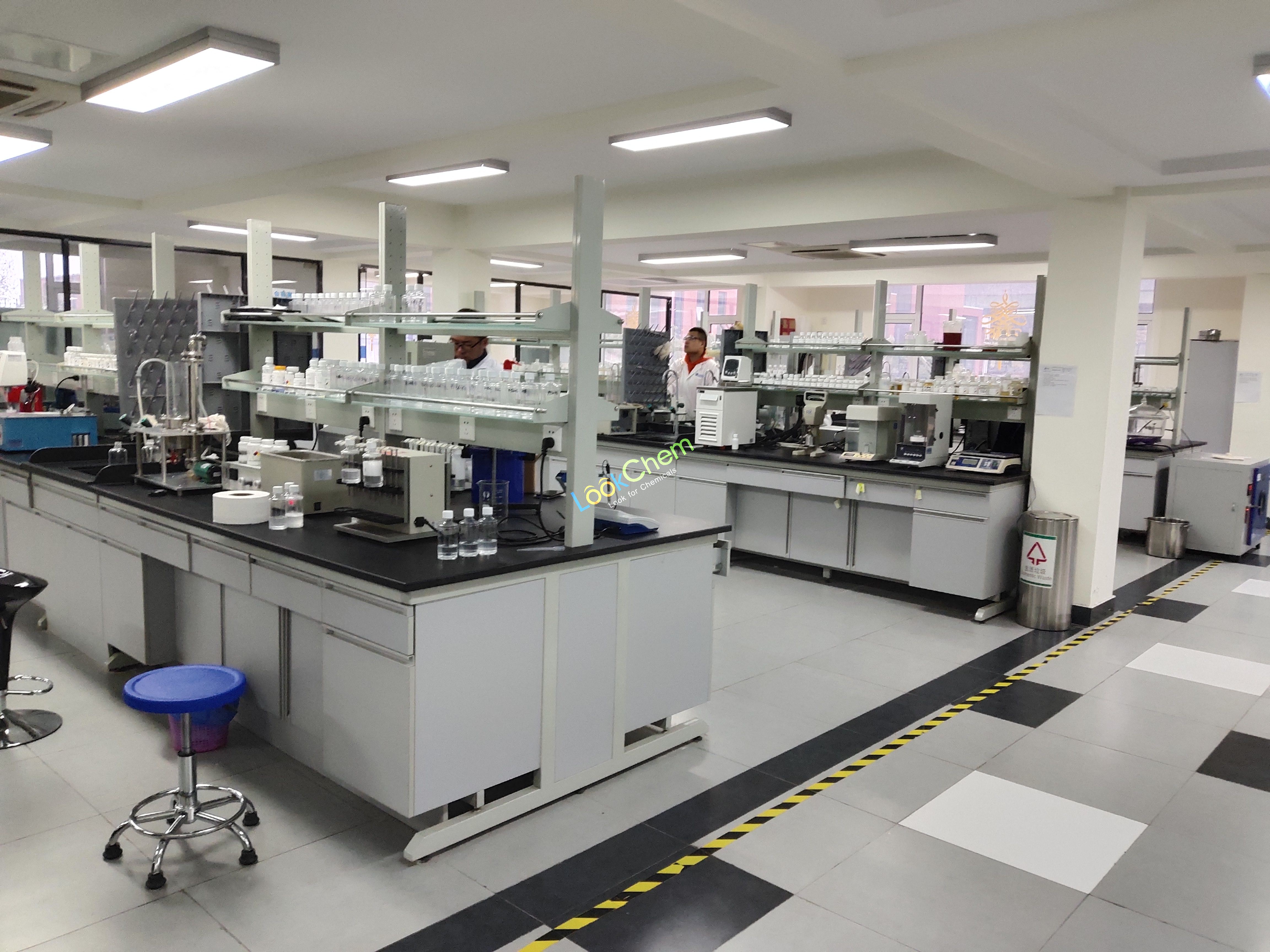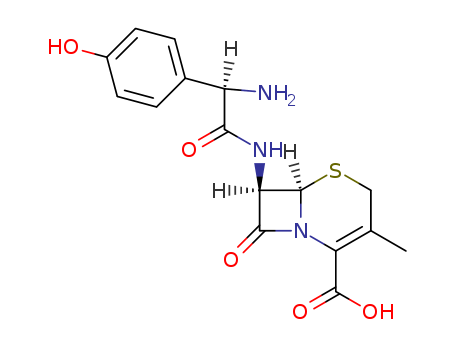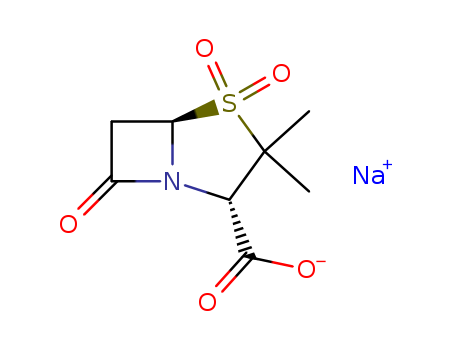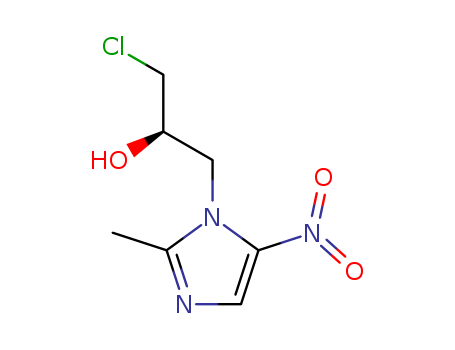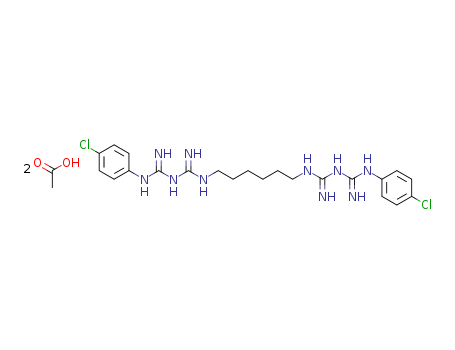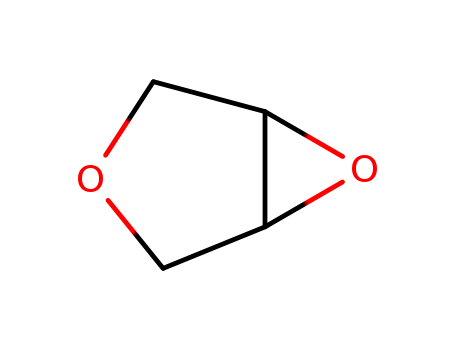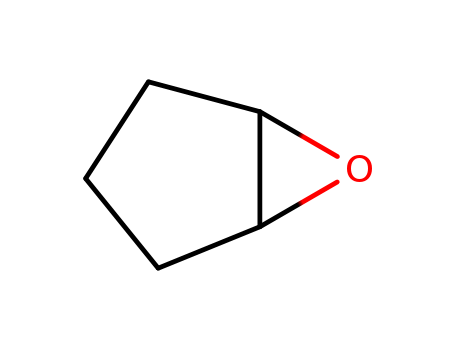Ornithine provides the substrate for synthesis of urea and glutamine in the body. Glutamine is the detoxification product of ammonia as well as the storage and transportation form of ammonia. Under physiological and pathological conditions, the synthesis of urea and glutamine is affected by ornithate, aspartic acid and other dicarboxyl compounds. Ornithine almost involves the whole process of activation of urea cycle and detoxification of ammonia. Arginine is formed in this process, and urea is isolated to form ornithine. Aspartic acid is involved in the synthesis of nucleic acid in hepatocytes to facilitate the repair of damaged hepatocytes. In addition, aspartate indirectly promotes the metabolism of tricarboxylic acid in hepatocytes, promotes the energy synthesis in hepatocytes, and is conducive to the repair of damaged hepatocytes and the recovery of liver function. Recent advances have shown that aspartic acid can also inhibit the activity of inflammatory bodies through the n-methyl-d aspartic acid (NMDA) receptor, thereby reducing the pharmacological mechanism of inflammatory response in the liver. NMDA receptor is a subtype of ionic excitatory glutamate receptor, which plays an important role in the physiological processes of central nervous system, such as synaptic transmission, synaptic plasticity, learning and memory. Subsequent pathological studies also confirmed that aspartate significantly improved inflammatory lesions in the liver.
Liver disease areas: nmda ornithine as an anti-inflammatory protect liver medicine is widely used in the treatment of various liver diseases, such as hepatic encephalopathy, drug-induced liver damage, fatty liver and chronic hepatitis, patients with hepatic encephalopathy can significantly reduce the blood ammonia levels, alleviate nerve mental symptoms, is becoming a main treatment for the treatment of various liver diseases.
Nmda urea is urea synthesis and glutamine required substrate, ornithine to activate the key enzyme in the process of urea synthesis - ornithine carbamyl transferase and carbamyl phosphate synthetase, improve the metabolism of the ammonia, achieve detoxification of blood ammonia, nmda glutamic acid as the substrate can be generated and oxaloacetic acid, glutamine is the detoxification production of ammonia, ammonia and ammonia storage and transport form. Oxaloacetic acid is involved in the tricarboxylic acid cycle, which promotes the generation of energy in liver cells, so that damaged liver cells can be repaired, regenerated and restored to liver function. Ornithate can effectively improve liver function, reduce blood ammonia, and synergistically reduce ammonia with lactose and ofloxacin, so as to significantly improve the cure rate of hepatic encephalopathy, which is worthy of clinical application.
Tumor field: with the constant changes in the types and doses of chemotherapy drugs, the complications associated with chemotherapy drugs keep emerging, among which liver injury is a relatively common organ injury. Once liver injury occurs, it will affect the physical and mental health of patients to varying degrees, hinder the implementation of chemotherapy, weaken the therapeutic effect of chemotherapy, and in severe cases may develop into liver failure and endanger life. Ornithate can obviously improve the liver injury caused by chemotherapy drugs and improve the therapeutic effect of tumor patients.
Surgical field: surgical operation is a blow to the whole body and organs of patients, and postoperative liver function injury is a common complication. Ornithate can prevent and treat postoperative liver function injury and promote postoperative recovery.
Ornithate is the first to be recognized by clinicians in correcting hepatic encephalopathy and subclinical hepatic encephalopathy. With the development of clinical research, ornithate has been found to play a certain role in protecting and repairing liver cells, alleviating liver cell damage and reducing liver inflammatory response. Currently, ornithate has been used as a hepatoprotective drug for the treatment of various chronic hepatitis, drug-induced liver damage, fatty liver and other diseases. Recent studies on NMDA receptors further confirmed the anti-inflammatory effect of ornithate NMDA on the regulatory pathway of inflammatory factors, and this new anti-inflammatory mechanism will also be of great research value in future clinical studies.






